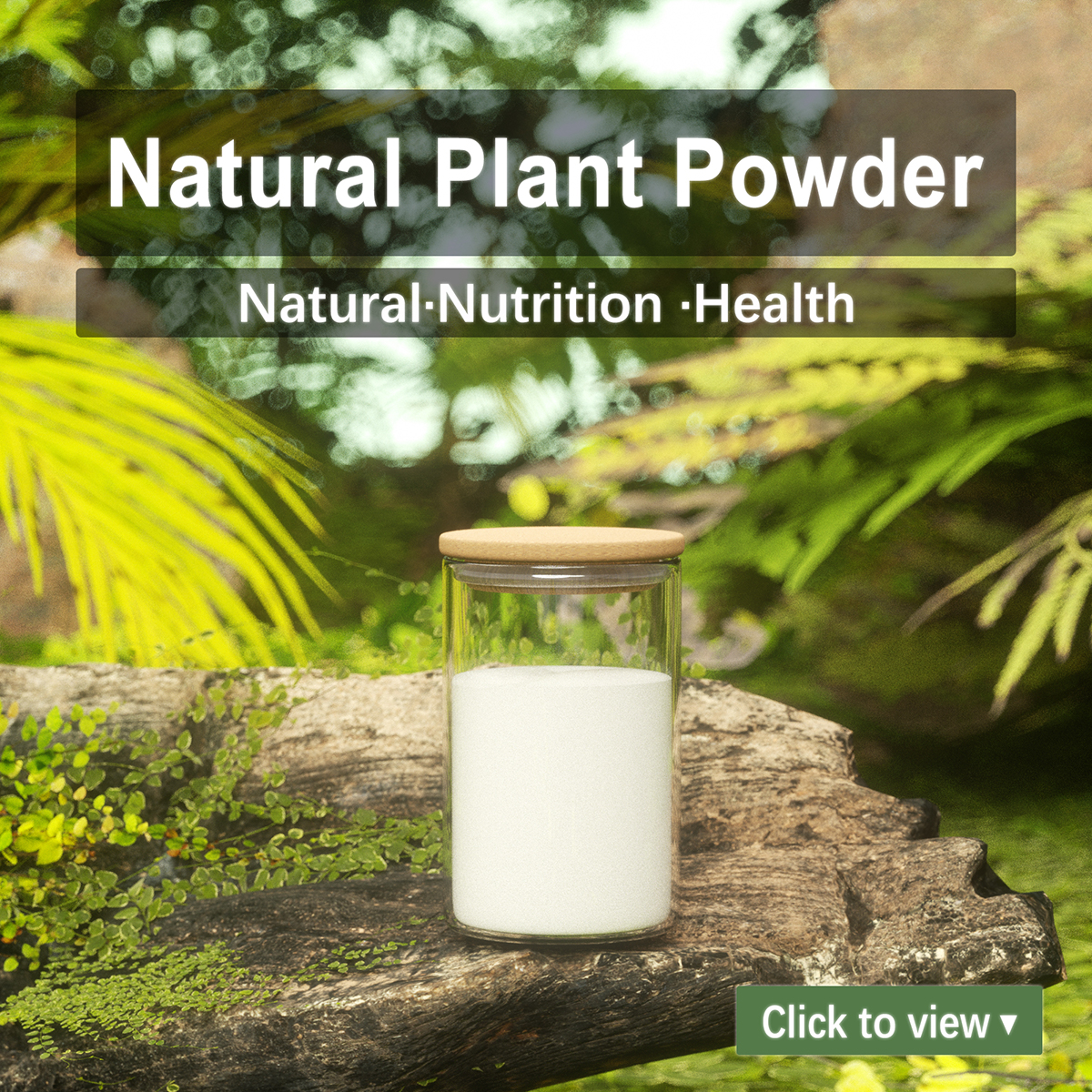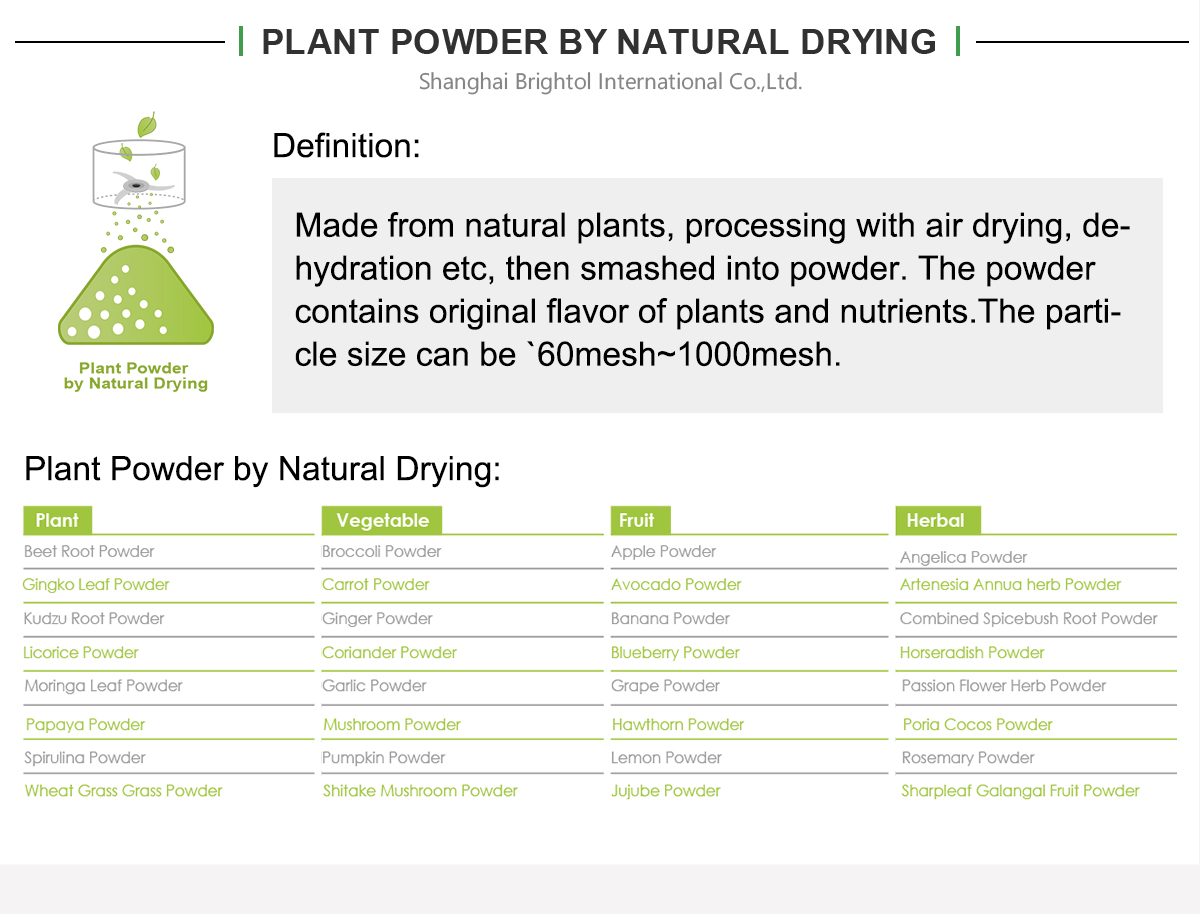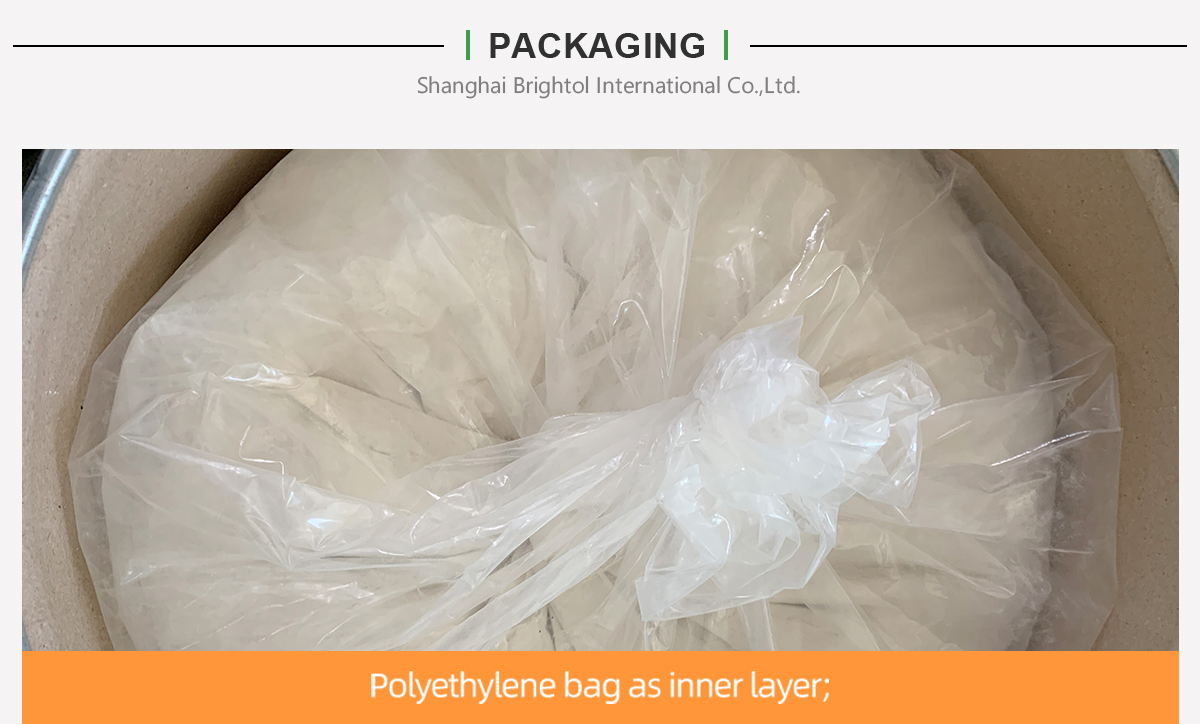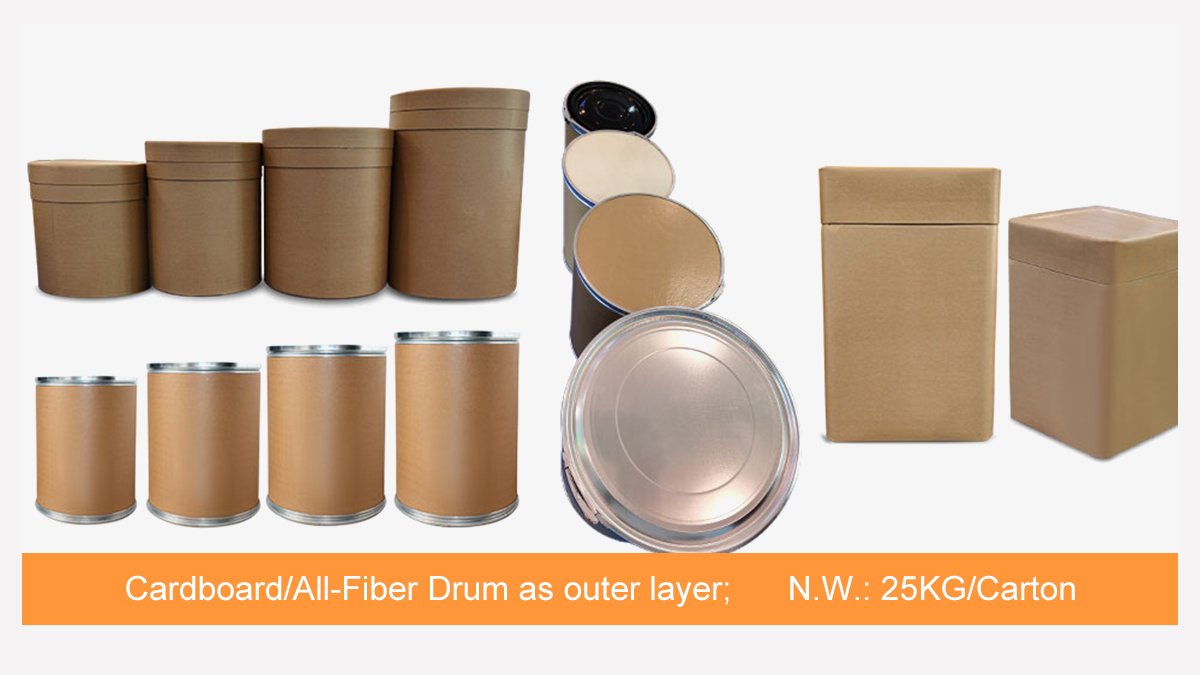

Health Benefits
1) Boosts brain health
2) Fights against cancers
3) Treats internal inflammation
4) Helps in conjunctivitis
5) Lowers blood pressure
6) Good for skin
7) Used for hair
8) Helps in digestion
9) Acts as an antidepressant
10) Helps in pregnancy
11) Helps in diabetes
12) For general pains and aches

 Description
Description
Vividly deep blue, with a solitary hint and marked with light yellow color, the blue butterfly flower is a treat to the eyes. It is also known as Asian pigeonwings, butterfly pea, Kordofan pea, and Darwin pea, and botanically named as Clitoriaternatea. It is native to equatorial Asia. Often grown as an ornamental plant, the blue butterfly plant requires little care when cultivated. The bright blow color of the butterfly pea has been used as a coloring agent in food. It comes with a host of health benefits. It has also been used in traditional Ayurvedic medicine to treat various ailments. Conventional Chinese medicine ascribes different healing qualities to blue butterfly pea. The most common form of consumption of the blue butterfly pea is making tea from ternatea flowers.
Health Benefits
1) Boosts brain health
2) Fights against cancers
3) Treats internal inflammation
4) Helps in conjunctivitis
5) Lowers blood pressure
6) Good for skin
7) Used for hair
8) Helps in digestion
9) Acts as an antidepressant
10) Helps in pregnancy
11) Helps in diabetes
12) For general pains and aches









